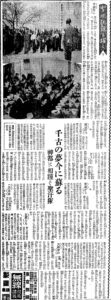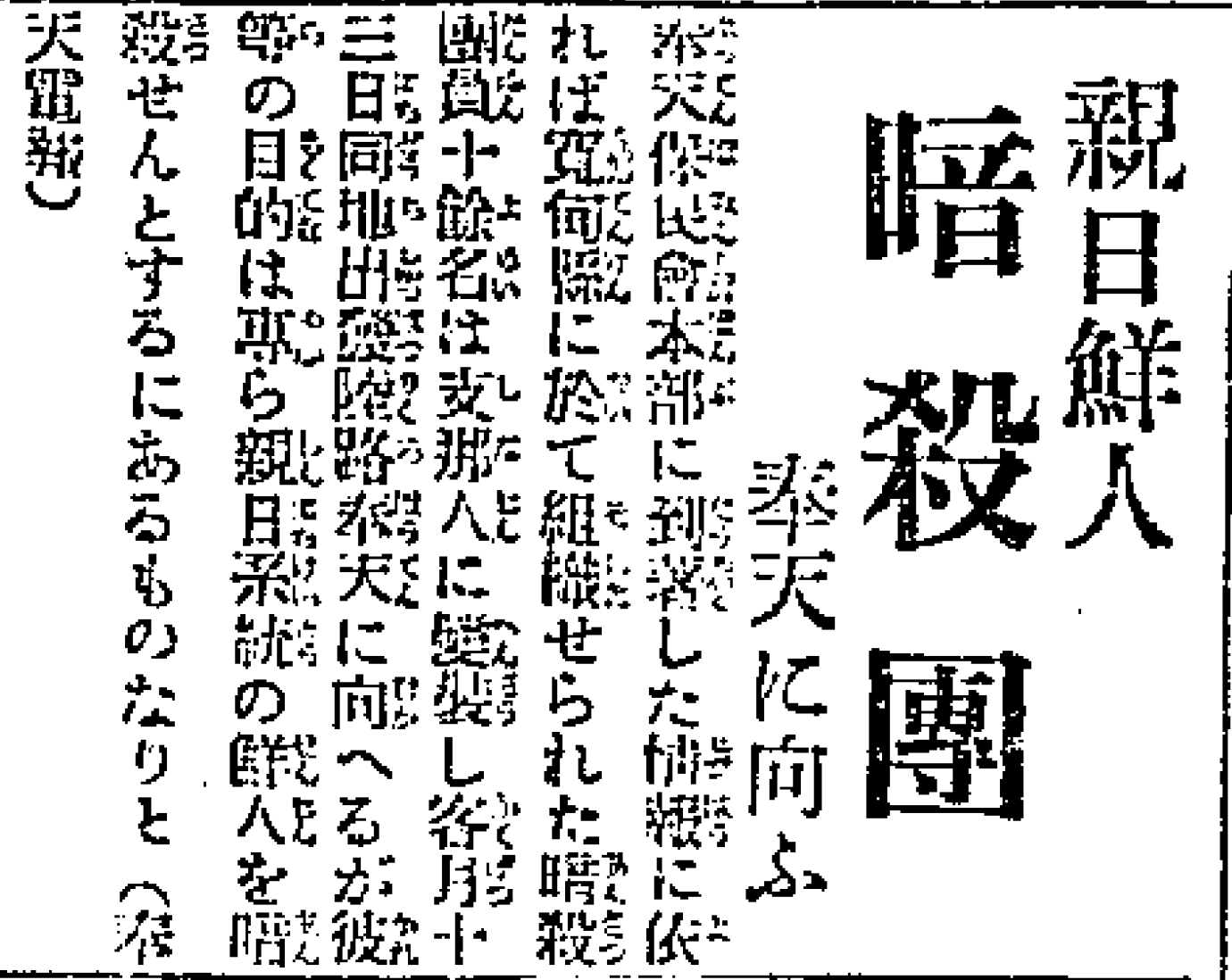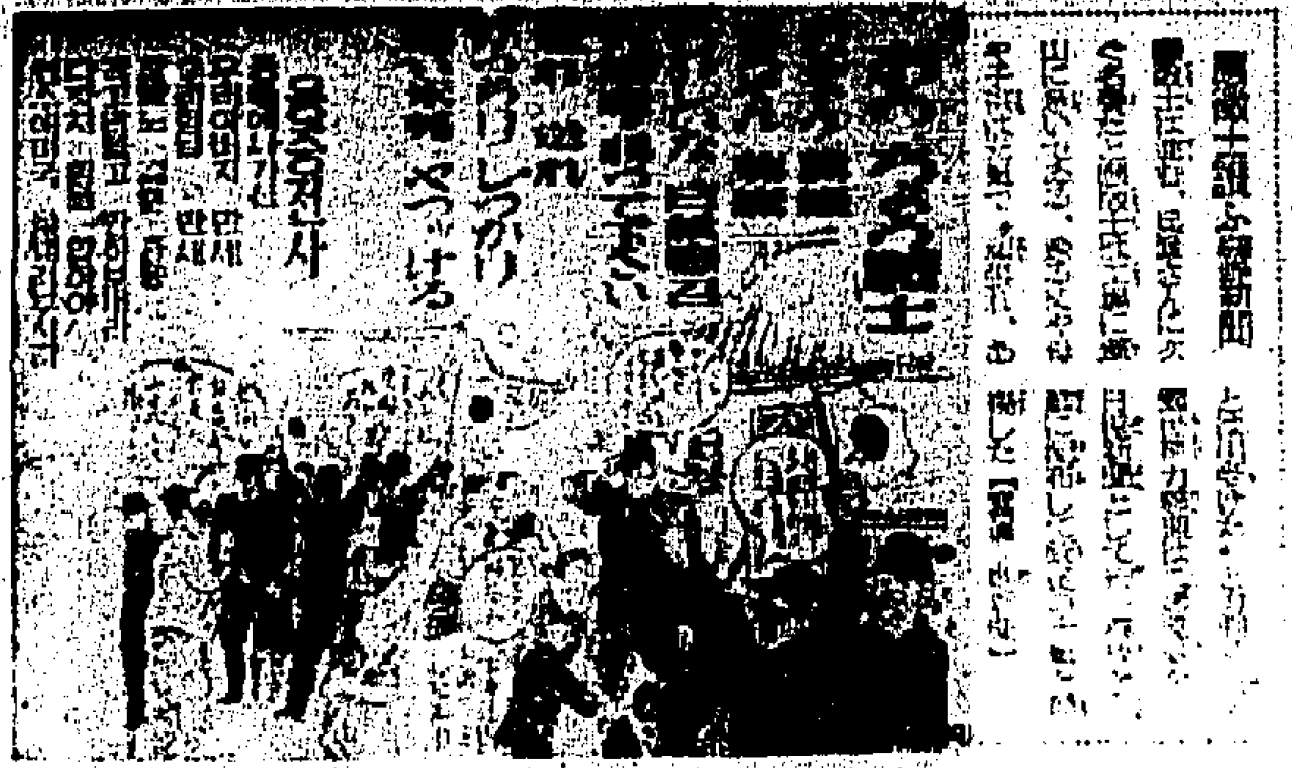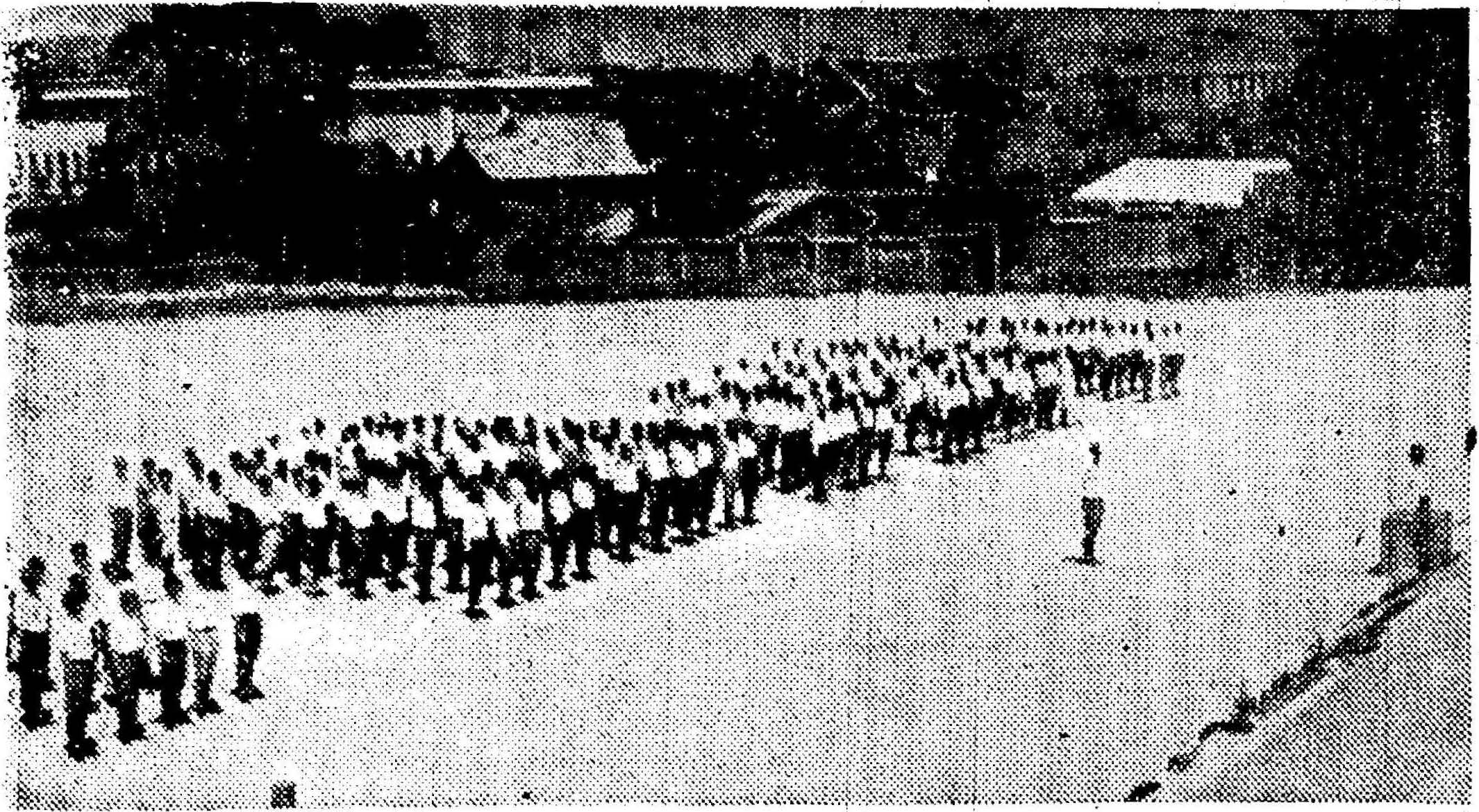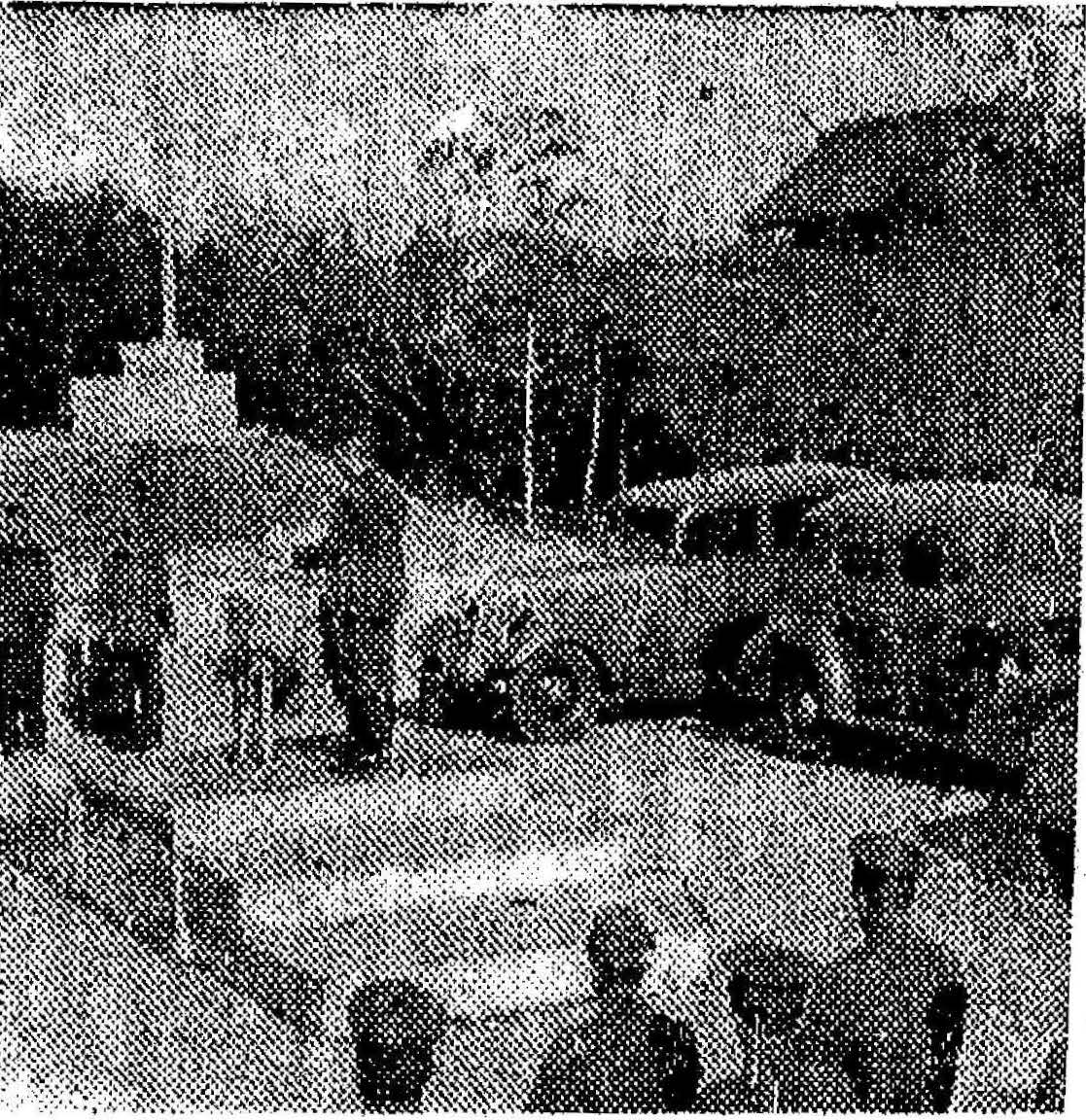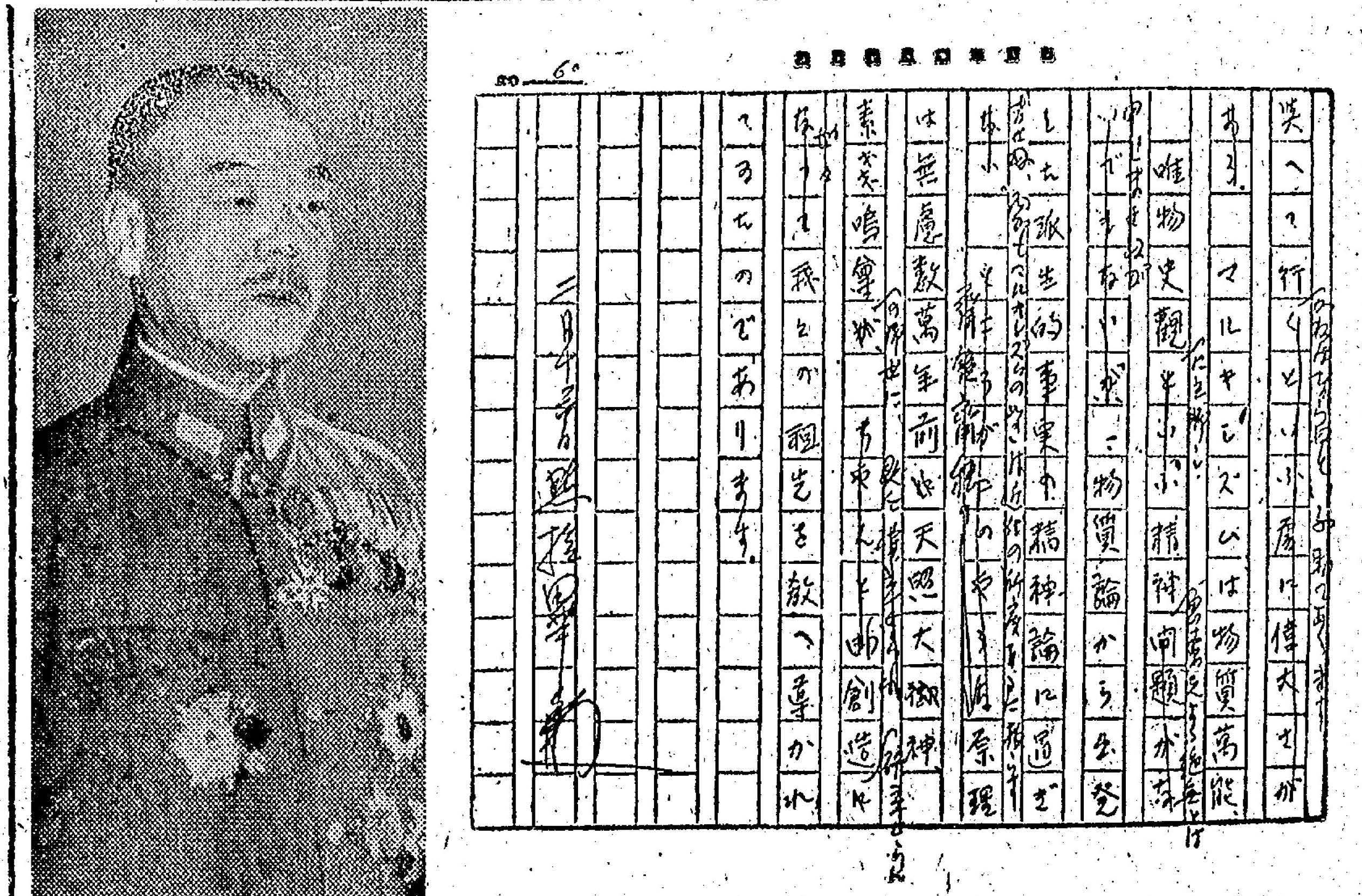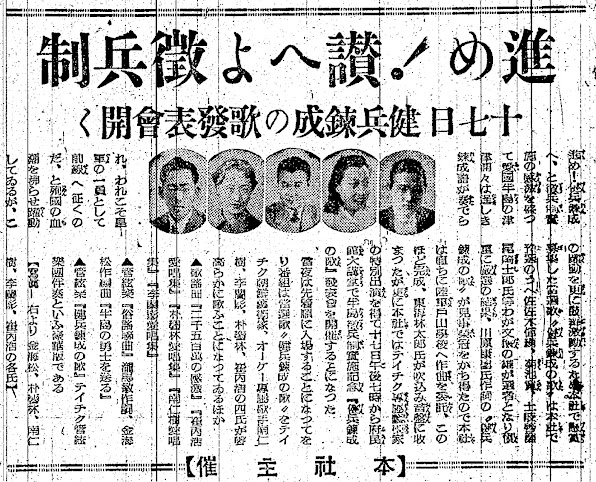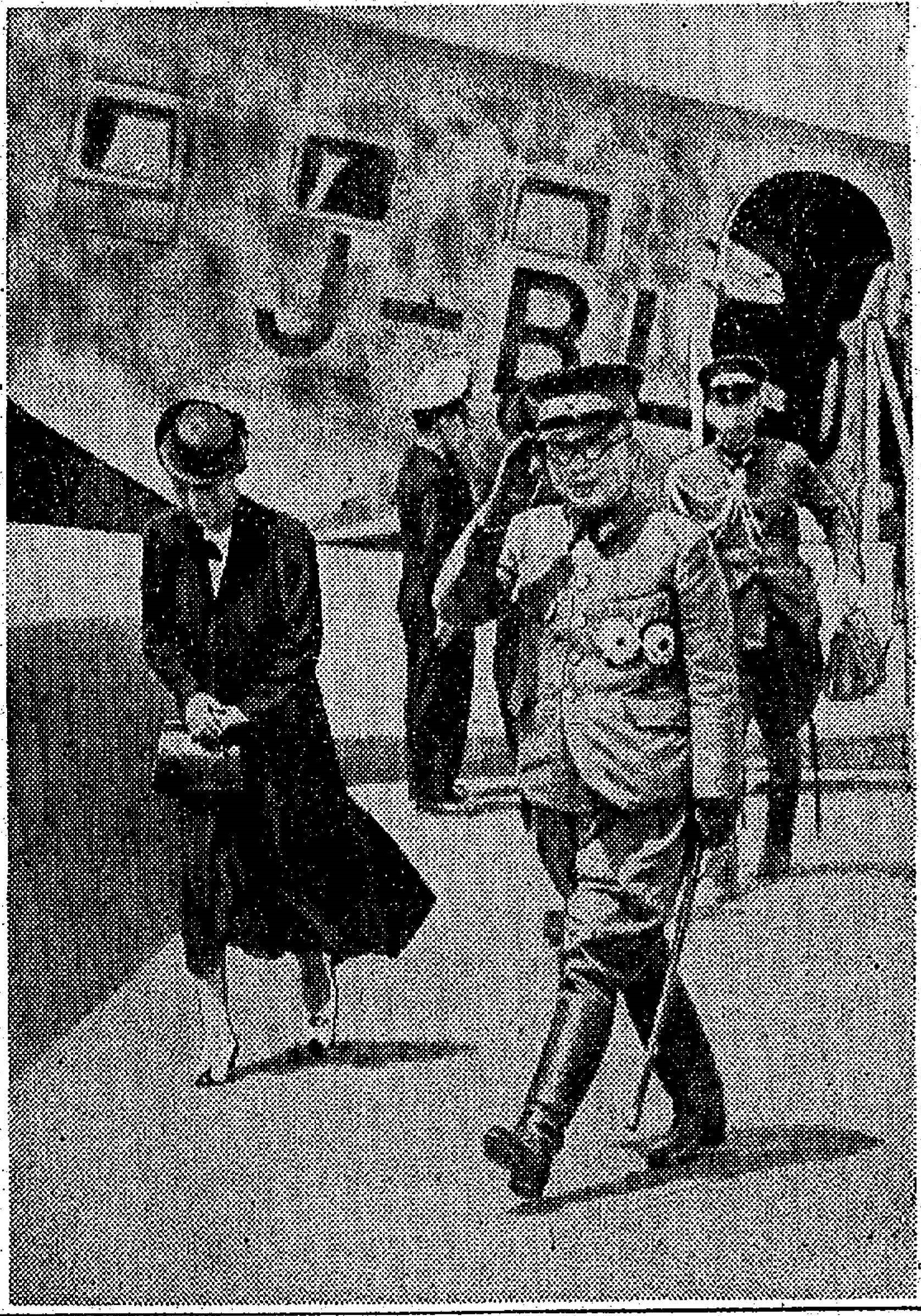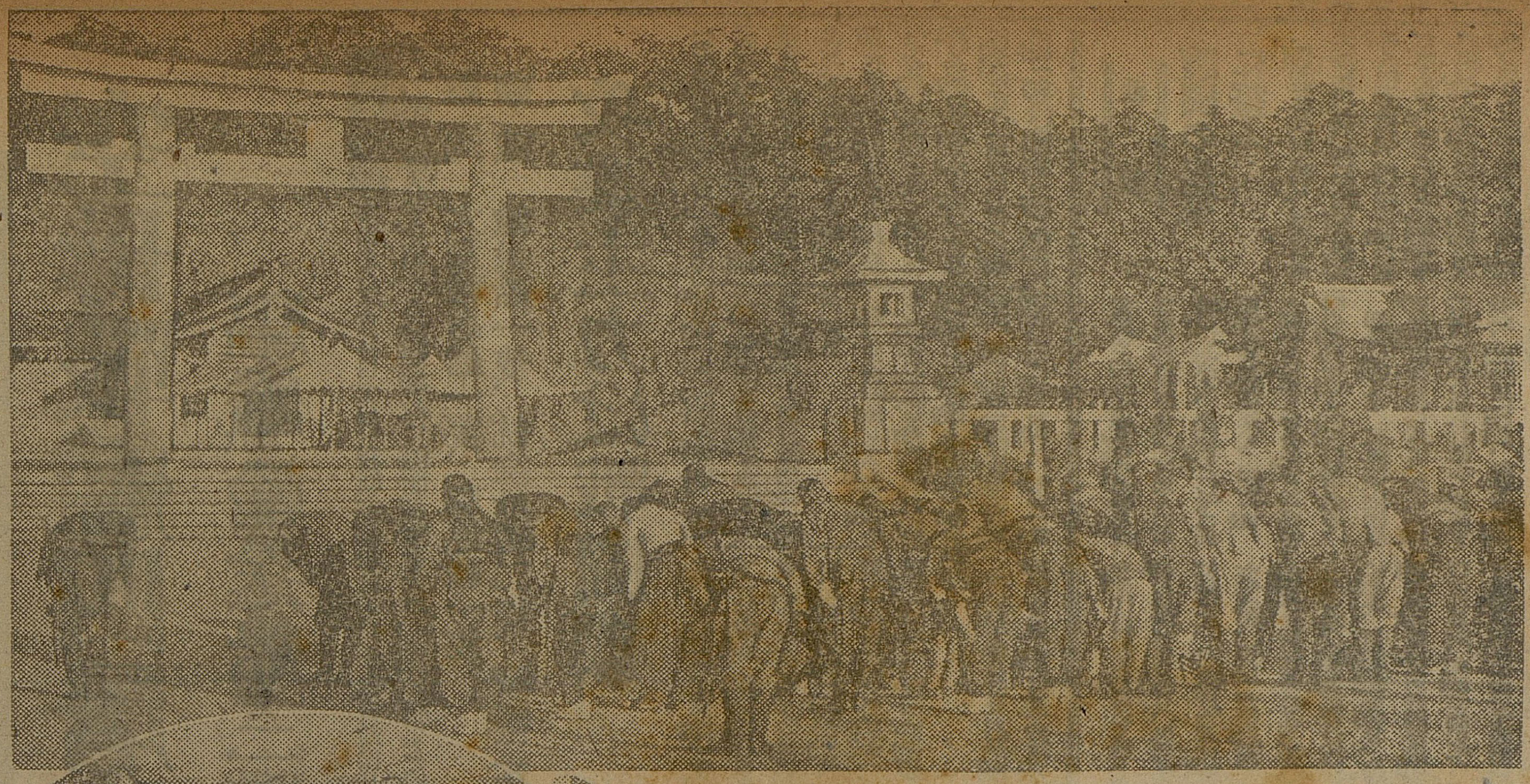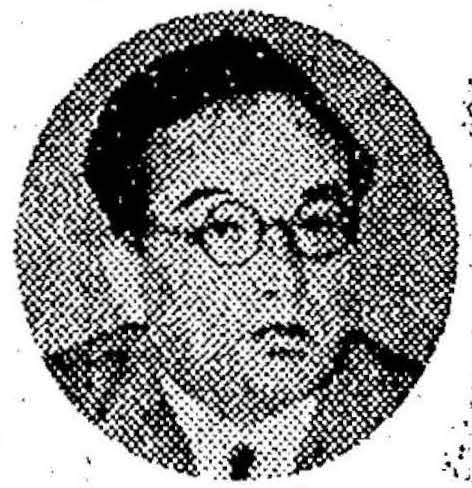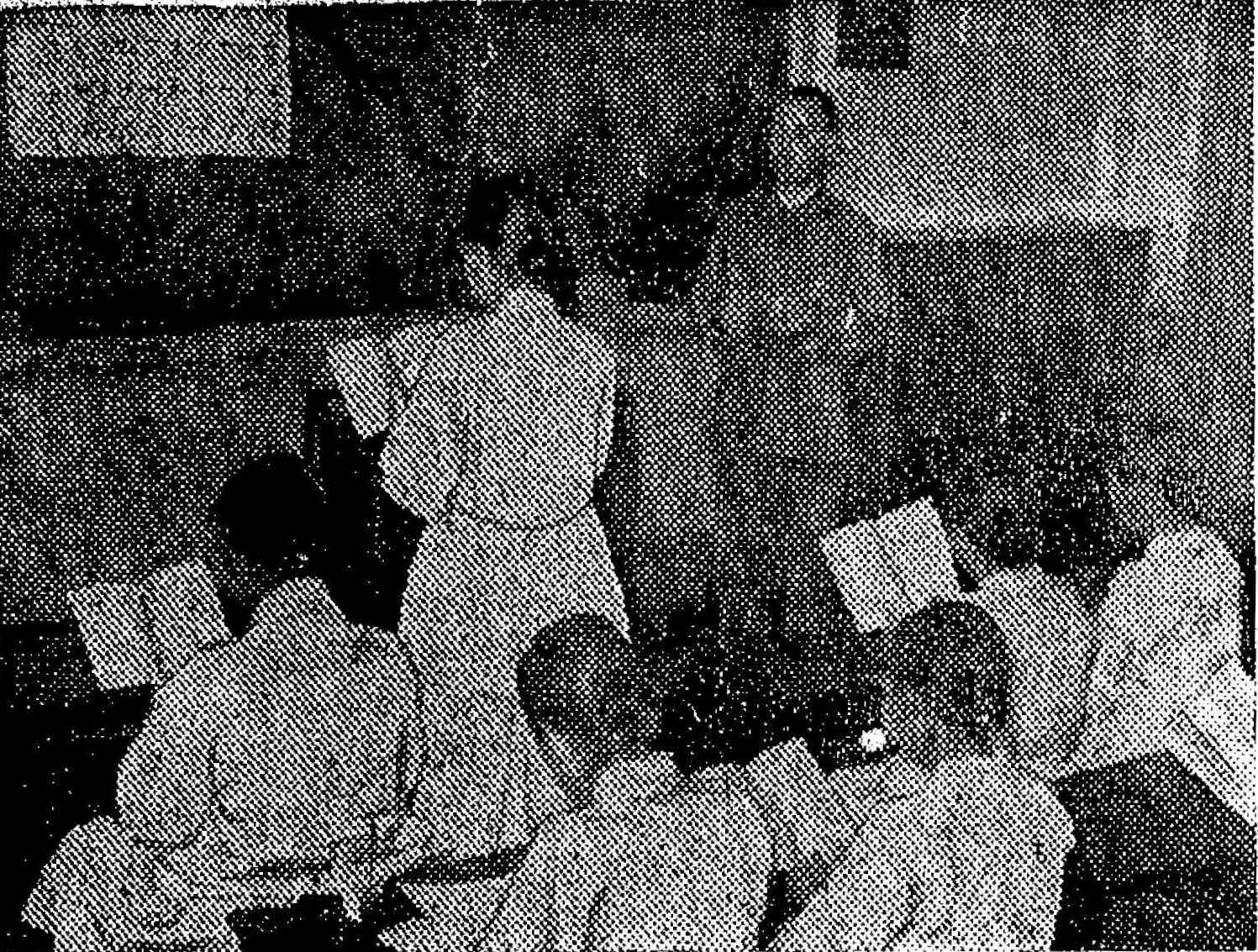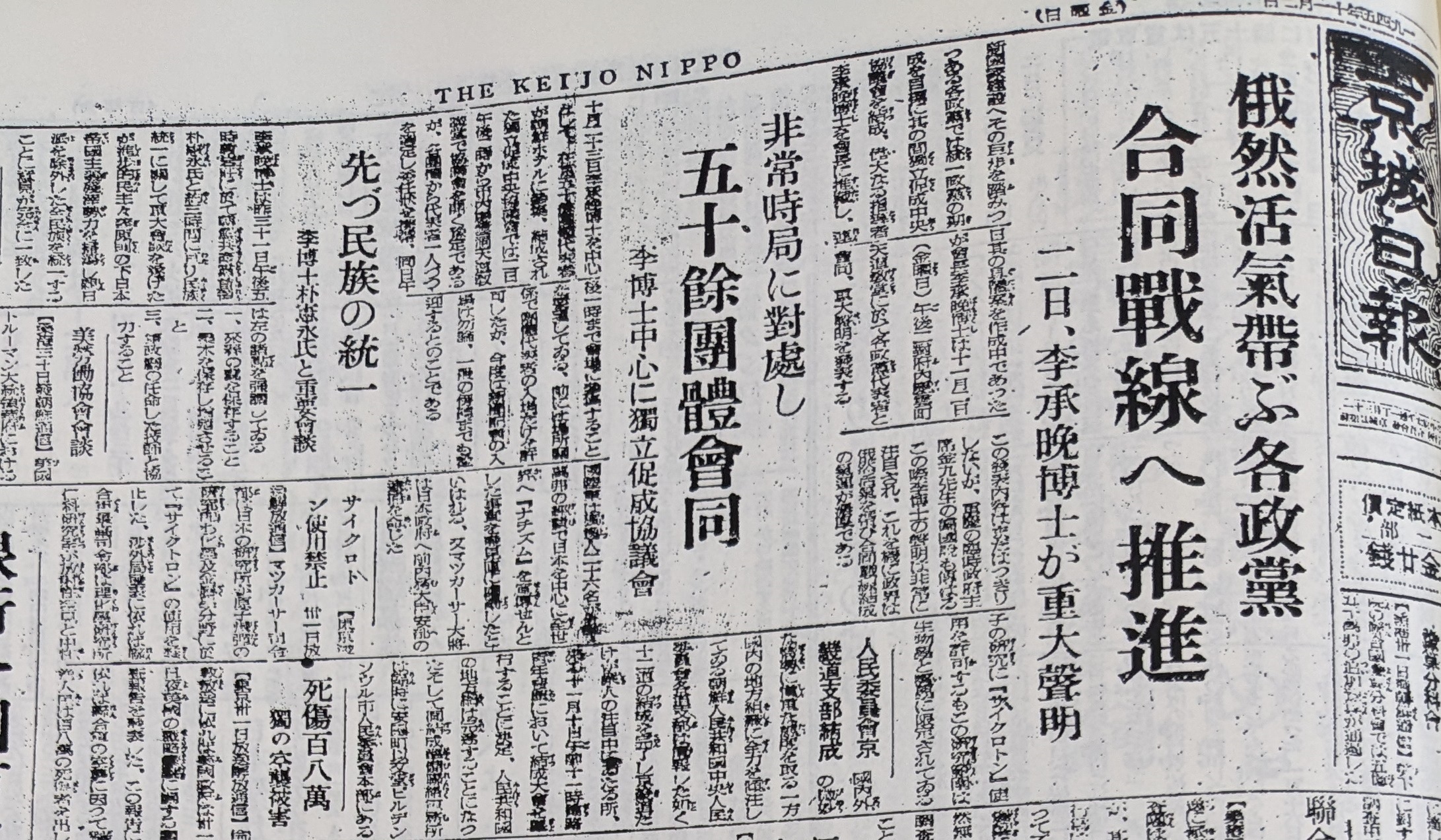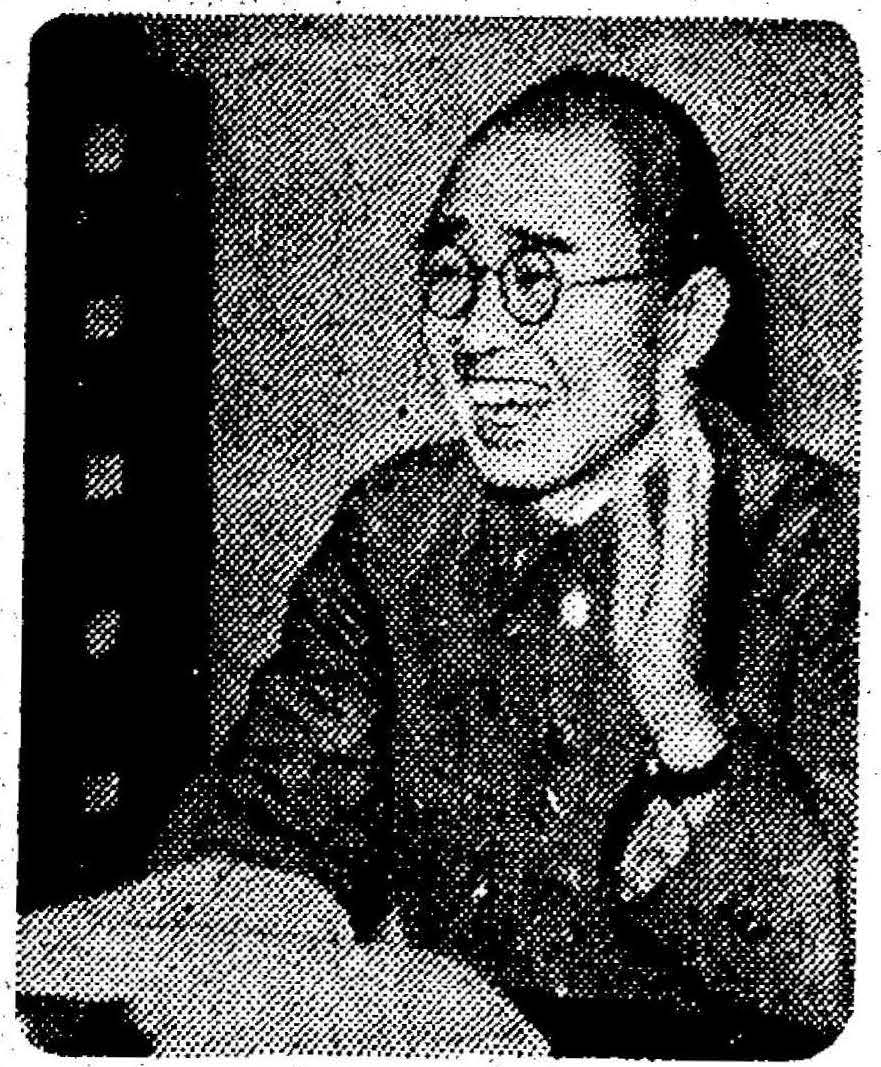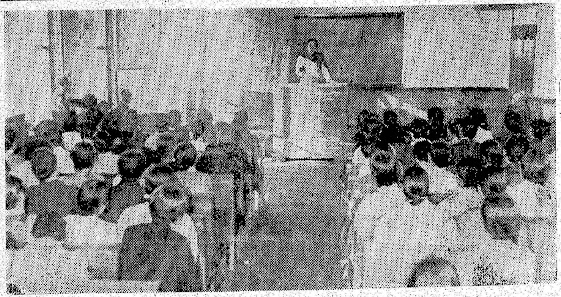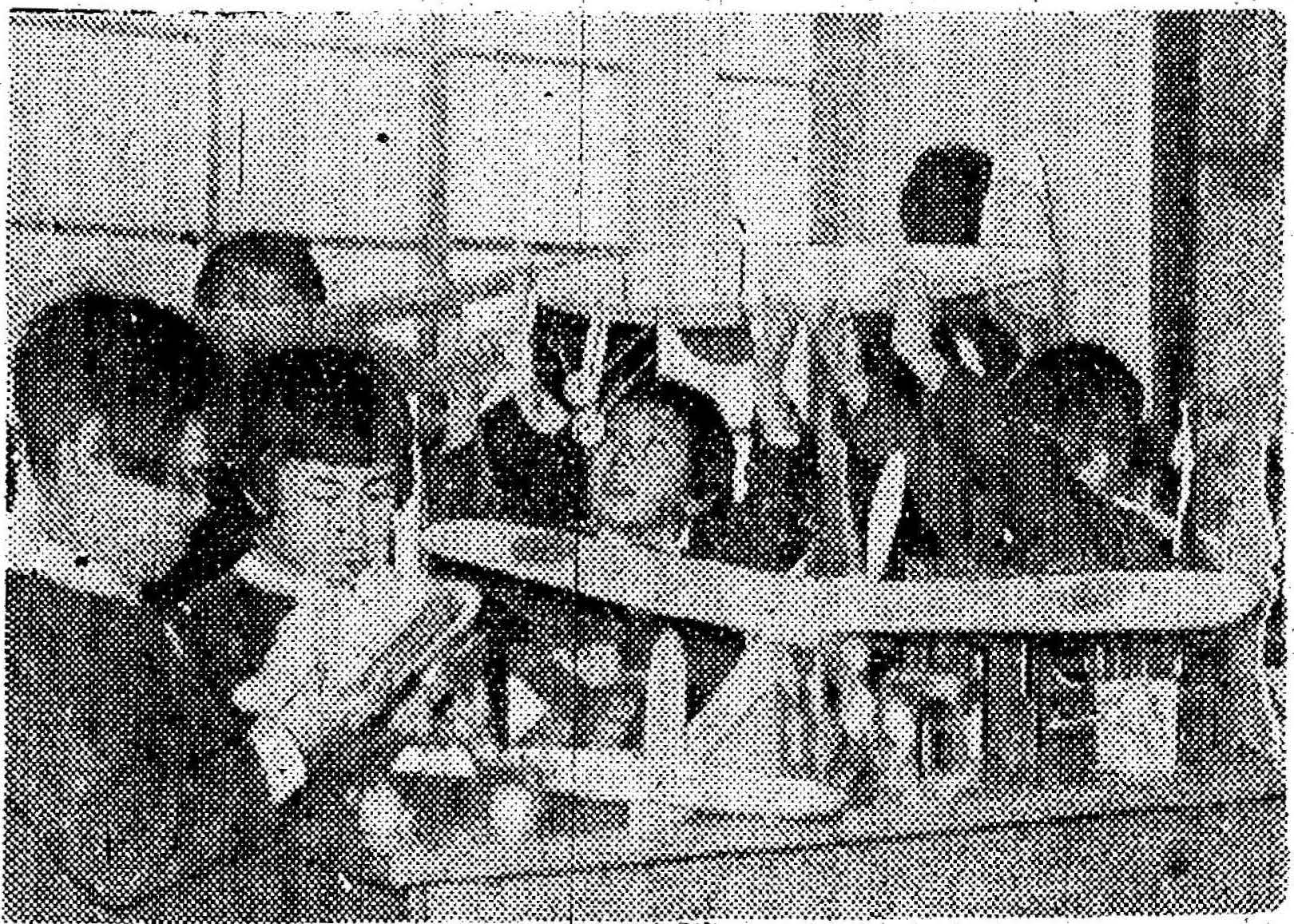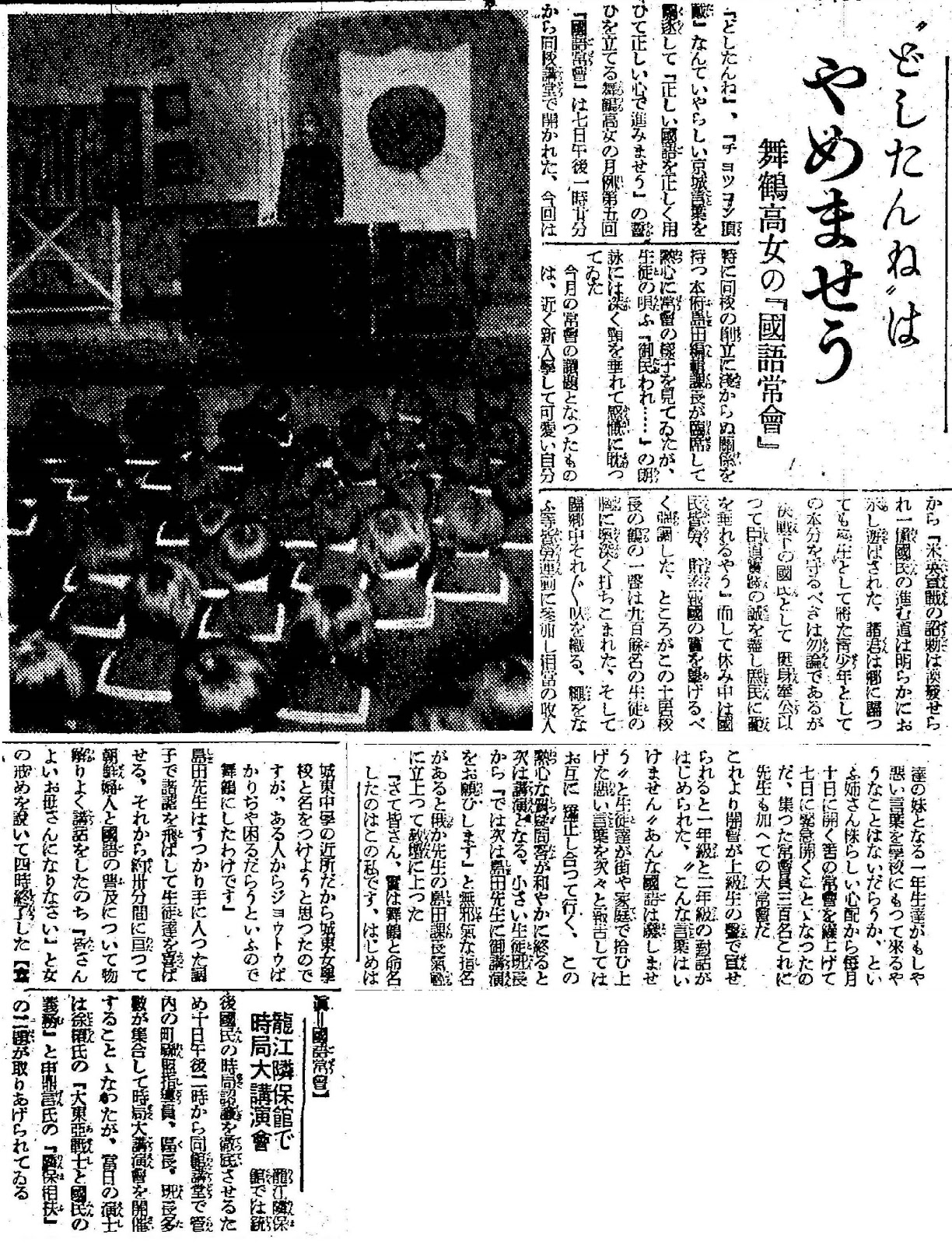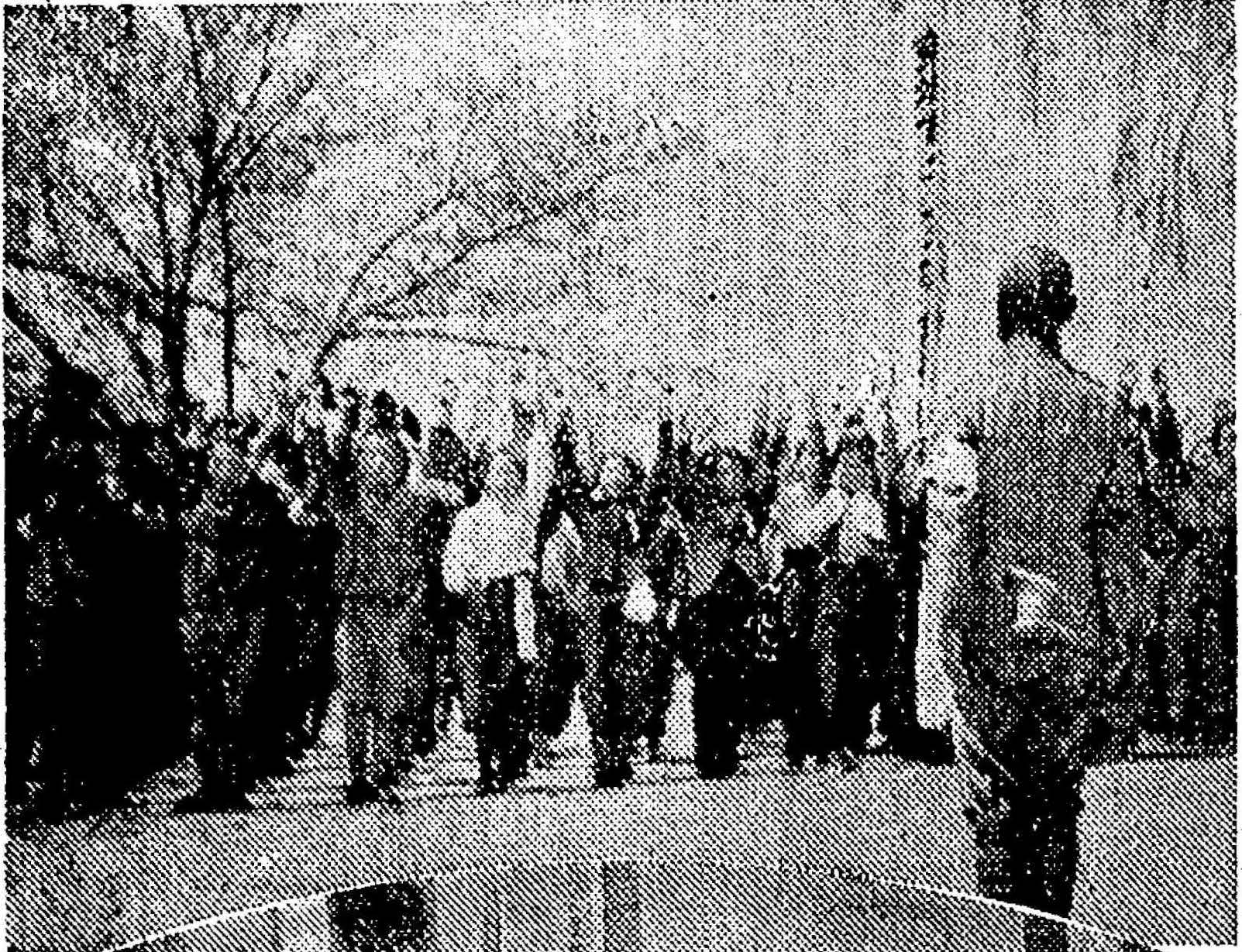
Tourist groups visiting the historical sites of Buyeo (부여, 夫餘) had to perform 3 hours community service (road repair, water pipes, tree planting) under Imperial Army command and indoctrinated in ‘Japanese-Korean Unification’ propaganda with mandatory Shinto worship, no individual tourists allowed (1943)
2023-04-09
503
1827
This article is the last one in a series of three educational articles published by the colonial regime to promote a heavily biased narrative of Japanese and Korean history from mythological times to the fall of the Kingdom of Baekje in 660 A.D., which the regime used to justify its colonization of Korea. Since Buyeo was the historical capital of Baekje, the regime lavishly developed it as a propaganda tourist landmark to encourage Koreans to accept colonization by Imperial Japan the same way the Kingdom of Baekje allegedly accepted military and cultural exchange with Ancient Japan. Much of the tourist landmark development was spearheaded by the Korean Federation of National Power (国民総力朝鮮聯盟, 국민총력조선연맹), which functioned as the one and only political party of colonial Korea.
The first two articles of the series publish the regime’s detailed historical narrative about ancient Japan and Korea (the translation is available here). This historical narrative was undoubtedly used to indoctrinate tour groups visiting Buyeo on 1-day, 1-night excursions.
In this third and last article, a reporter follows a tour group of 50 school girls from Seoul during their visit to Buyeo, who were here for regimented ‘training’ consisting of three hours of labor service (planting trees) and several hours of indoctrination, including a tour of the historical sites, mandatory Shinto worship rituals, and prayer. This included the morning Kyūjō Yōhai ritual (宮城遥拝), which involved deeply bowing several times in the direction of the Imperial Palace in Tokyo while standing, vowing loyalty to the Emperor.
The girls were closely monitored by staff, including the teacher and an Imperial Army major, who described himself as a fixture in the dormitory, which implied that he was constantly present while the girls were staying in the dormitory.
(Translation)
Gyeongseong Ilbo (Keijo Nippo) April 21, 1943
Describing the Holy Land of Buyeo (Part 3)
Reviving the Dreams of a Thousand Years Ago
The sacred perspiration of team members who stream into the Holy City, one after the other
Both the mainland Japanese and the Koreans are now working hard in Buyeo to transform the history of Japanese-Korean Unity dating back more than 1,000 years into a present-day reality that knows no limits. When we look up to the sacred virtues of the four precious deities, the light of the ancient soil that we must raise with our own strength shines brilliantly in our eyes. We must hold the same hoe together as we dig up the history of the past thousand years. From August 1940 until today, 75,000 volunteers have been heaping up the soil of Buyeo, pouring their heart and soul into every lump of dirt that they heap up. The people work happily and nobly, since the labor service in Buyeo is a family honor to be handed down to the next generation.
However, is labor service in Buyeo really just any ordinary labor service? When you look at the construction site of the Shrine, which is bleached white in the middle of Mount Buso (부소산, 扶蘇山), you can see the earthen walls marked with regular hoe-shaped marks, and you can also find the marks of the carefully arranged gravel, which was prepared in such an undisturbed manner. Thus, the work site of Buyeo has become a great training grounds for the Korean people to seek the cultivation of their minds.
The first thing that hikers will see is the divine view of the three mountains of Buyeo. After more than 50 minutes on the bus, they gradually bow their heads in deference to the majesty of the mountains in all directions. When they reach such a state of mental cohesion on the bus, their bus enters the town of Buyeo.
Those who arrive in the morning will rest at an inn in the morning. In the afternoon, they spend about three hours in labor service. The next morning, they will listen to lectures and go on a tour of the historical sites, then disperse in the morning.
Those who arrive in the evening will do their labor service the next morning after they stay the night. In the afternoon, they will listen to lectures and go on a tour of the historical sites, and then conclude their itinerary. This is the plan that the Korean Federation of National Power has made since the construction of Buyeo Jingu Shrine in accordance with the Buyeo Shrine Construction Office, and anyone who comes as a group must act in accordance with this plan.
The following are the features of the Buyeo work program. Absolutely no one is allowed to act alone, whether it be seeing things, hearing things, or working. They must obey the orders of their leaders, even when it comes to getting up in the morning and eating. Even distinguished men of rank and decorations must follow the orders of their leaders once they join the service teams. This may seem like a very rigid system, but for the occasional traveler, it is a comforting way to travel, and this system is mentioned in travel anecdotes about Buyeo. Service teams are sent into the royal county of Buyeo from various areas every day not only to perform Shrine construction work, but also to repair roads, transport heavy objects, and even build water systems, all with the enthusiasm of “making our capital with our own hands”. The peace and tranquility of the inhabitants of the sanctuary can be seen in the way they work with their faces beaming with pride. In other words, their training has uplifted the people of Buyeo up to this point.
This reporter spent a day with 50 female students from Seoul, who were the pinnacle of all the students of Korea, and struggled through the round-table discussions on the train. In Buyeo, they arrived at Half Moon Dormitory, which was operated by the county for the service teams, where they were met by a director of the Korean Federation of National Power, Mr. Hayashi, whom they had known for many days. Standing next to him was Major Yamaguchi, a heavily bearded man. He introduced himself by saying, “Please just regard me as a fixture in this dormitory”. In 1940, Major Yamaguchi became a commissioned officer of the Korean Federation of National Power, and he will be taking care of all the team members. Perhaps it would be more appropriate to call him a labor leader rather than a caretaker.
On this day, Director Hayashi announced that he would conduct the training in place of Major Yamaguchi. Even Principal Miyahara, who was leading the group, was confused as to what was going on. But upon hearing Mr. Hayashi say, “Starting tonight, I am taking charge of everyone’s well-being”, the students felt that things were looking up. In other words, whereas the students used to feel less trust in following their leader, they now felt relieved that they could follow the discipline of training. “You are not here for labor. You are here for training”. These were Mr. Hayashi’s first words. “You must be tired today, so please rest at ease in the dormitory. Tomorrow morning, get up at 5:00 a.m.!” The training had already begun. Major Yamaguchi led me to the Baekgang dormitory, which had been designated as my lodgings for the night. This was another county-run training dormitory, built in a renovated elementary school not far from the Half Moon Dormitory.
The female students moved swiftly into the designated dormitory, where they were provided with a blanket, a top futon mat, and a bottom futon mat for sleeping. Three meals were included, and the cost was only 1.30 yen per person, so they were very inexpensive accommodations. Thanks to the kindness of Major Yamaguchi, all the firewood was lit in the Ondol that night. Each person laid out a brand-new futon on the warm floor and began to get ready for bed. Teachers and students alike began to do the same thing. “The lights will go out at ten o’clock. Until then, with your teacher’s permission, you are allowed some free time”, Major Yamaguchi announced to each room, out of consideration for the hearts of the girls who wanted to have some play time after following military-style orders the whole time. As the students, who had been waiting for this moment, started to become excited, this time it was the teacher’s turn to keep a watchful eye on the students. Roll call was at 9:30. Once it was 10:00, there was silence, not even a murmur in the room. The next morning, they woke up to the sound of the wake-up signal, and after washing their faces as they had been instructed, they assembled at Half Moon Dormitory.
Morning worship was at 6:30. Facing the east bowing several times towards the Imperial Palace, they performed the Kyūjō Yōhai prayers. Next, they faced the direction of Chōsen Shrine bowing several times in worship. At 7:00 a.m., it was time for breakfast. Everyone sat down in front of their meals laid out on the long tables and performed a pre-meal ritual. They sang a song of thanksgiving to the gods with Director Hayashi. Once this was done, they said “Itadakimasu!” (a customary Japanese phrase of gratitude which is said before meals) and stuck their chopsticks into bowls of mixed rice which included barley. Every step of the process was a continuation of their training.
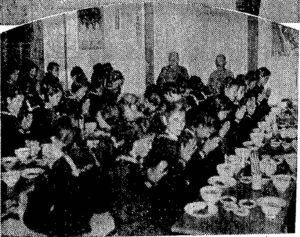
Major Yamaguchi led the group from 8:00 a.m. to 11:30 a.m. in front of the Shrine construction office, which was set up at the foot of Mount Buso with an old-fashioned bamboo railing and the scent of new wood emanating from it. Here, Major Yamaguchi handed over the girls to Mr. Shibata, the director of the Buyeo Shrine Construction Office. The girls were then assigned work to plant saplings to grow sacred trees on the grounds. The girls were determined not to be outdone by previous teams of laborers that had worked there earlier as they worked hard breaking a sweat with their hoes.
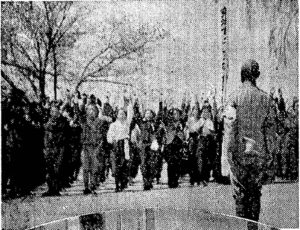
Buyeo is famous for its cherry blossoms. Although their cherry blossoms do not have the same fiery colors that Yoshino cherry blossoms have, the flowers that bloom along the approach to the Shrine have deep colors similar to those found in mainland Japan. Buyeo’s mountains and rivers, created by Mother Nature throughout the four seasons and providing a backdrop to the 16 townships (myeon) of the county, will be praised as a wonder of the world. When the four railway lines are opened up soon to this beautiful scenery, traffic jams will certainly ensue. There is no end to what I can write about Buyeo. (Written and photographed by Correspondent Mr. Arai)
Photo: (Above) The labor service team gathered in front of the Shrine construction office, (Below) Performing a pre-meal ritual before breakfast.
Source: https://www.archive.org/details/kjnp-1943-04-21
(Transcription)
京城日報 1943年4月21日
聖地扶余を描く(下)
千古の夢今に蘇える
神都に相踵ぐ聖汗隊
千余年に遡る内鮮一体史と、尽きるを知らぬ無限の現実に、今や内地も半島も挙げて扶余の勤労にいそしんでいる。尊き四神の御聖徳を仰ぐとき、彼にも我にもこの力もて起さねばならぬ古き土の光りが燦然と目を射るのだ。そして倶に同じ鍬を握って千年の歴史を掘り返さずには措かないのだ。昭和十五年八月から開始して今日まで、七万五千の奉仕隊は一塊の土くれにも心して扶余の土盛りに従った。扶余の勤労奉仕こそ末代に伝える家門の誉れとして楽しく気高く人々は働いた。
だが扶余への奉仕とは果して一般の勤労奉仕と同じものであったろうか。扶蘇山の中腹に白く穿たれ行く御造営工事作業場を見るときに、そこには規則正しい鍬形の跡を印した土塀をみ、整えられた小砂利の乱れを嫌う虔しい整理の跡を発見するのである。かくて扶余の勤労こそ心の錬成を求める大道場として今や半島民衆の前に生れ出たのだ。
遊山のつもりで往く人々の目に先ず映るのはその神々しい扶余三山の景観であろう。五十分余もバスに揺られて行くうちに次第にこの人達の頭は四方の威容に圧伏されて低められて行くのだ。こうした自らの精神統一がバスの中で完成した頃に車は扶余の町に入る。
朝着けば午前中は旅館に休養。午後は約三時間の勤労奉仕。翌朝は叢話と史蹟巡りで午前中を終って解散。
夜着く人々には一泊後、翌午前中は勤労奉仕。午後は叢話と史蹟見学で日程を終ることとなっている。これは扶余御造営以来、総力聯盟が御造営事務所と協定の上作った計画で、誰でも団体として乗り込んだ人々はこれによって行動しなければならない。
こうしたところに扶余勤労の特徴がある。視覚も聴覚も労働も一切単独行動は許されない。起床も食事もあげて指導者の命令に服さなければならないのだ。位階や勲等を持つ名士でさえも一度奉仕隊に加わればその通り実行しなければならない。これは甚だ物固い取り扱いのように思われるが、時折の旅行者にはこれがかえって旅の慰めとなって、扶余の土産話に織り込まれているのだ。御膝元の扶余郡では連日各方面から奉仕隊が繰り出し、御造営奉仕は勿論のこと、”我等の神都を我等の手で”という意気込みから道路の改修、重量物の運搬さては水道の建設まで協力しているが、何れの人人も誇りを顔いっぱいに感じて立ち働く様には流石に神域住人の平和さがのぞかれる。つまり錬成の跡がここまで扶余の人々を引き上げて行ったのだ。
京城から全鮮学生軍の先鋒を切った京城女子実業生五十名と記者は一日行動を共にしたのであったが、列車中の座談会に悩まされ通しであった。かくて扶余に着くと郡経営の奉仕隊旅宿となっている半月寮に到着したのだが、待ち構えていたのは日頃から見知り越しの林聯盟総力課長だった。続いて立っているのが厳しい髯を蓄えた山口少佐殿。この人は自ら『私は寮の備付物品です』と自己紹介に及ぶだけに昭和十五年以来聯盟嘱託となって隊員の世話一切を引き受けている。或いは世話というよりは勤労指導者という方が適当であろう。
この日は山口少尉殿に代って林課長が錬成を行う旨を宣言したので着くまでは何が何やら引率の宮原校長でさえ判らなかった一行も『今夜からは私が皆さんの御身は引き受けました』と大家錬成部長張りの林課長の声にどうやら先は明るくなった。つまり指導者に従えばよいのだといった依頼心が弱い人間性、もっと良くいえば錬成規律に従えばよいという安心が湧いたのであろう。『皆さんは勤労に来たのではありません。錬成に来たのです』。林さんの第一声に次ぐ言葉はこれだった。『今日はお疲れでしょうからゆっくり寮でお休み下さい。明朝は午前五時起床!』もう錬成は始まったのだ。山口少尉殿に引率されて、この夜の宿と定められた白江寮へ連れられる。ここも半月寮から程遠からぬ場所の小学校を改築して造った郡営の錬成宿舎である。
足取りも軽く女学生軍は定められた宿舎へ、毛布一枚、布団上下一枚宛があてがわれた寝具だ。之に三度の食事がついて一人前一円三十銭、実に安い宿賃である。山口少佐殿の情けで今夜は全部の温突に薪がくべられた。ホカホカと温まる床に各々が真新しい布団を敷いて早くも寝る支度が始まった。先生も生徒も同じように同じ動作にかかる。『消灯は十時です。それまでは先生のお許しを得て一同自由行動』軍隊式の命令の中にも遊びたい娘達の心を思い遣って山口少佐殿は各室へ声を送った。待ってましたとはしゃぎ出す生徒へ今度は別に先生の監督の目が光る。点呼は九時半。十時は来るともう呟き一つしはぶきもない静けさが来た。翌朝になると起床合図の音で、教えられた通りに洗顔が済むと再び半月寮に集合した。
六時半の朝礼。東方を向いて宮城遥拝。続いて朝鮮神宮遥拝。七時に朝食となって一同長い机の上に並べられた食事の前に坐って先ず食事前の”行”がはじまった。林課長と共に神への感謝の歌が吟ぜられ、夫れが済むと”頂きます”で丸麦の混米に箸がつく。一挙一動が錬成行の連続だ。作業は午前八時から同十一時半迄、扶蘇山麓に古風な竹矢来を組んだ中に真新しい木の香りを放つ御造営事務所前まで引率した山口少佐は、一同を柴田御造営事務所長に引き渡すとすぐ引き返す。これからが勤労である。この日少女達にあてがわれたのは神木の苗木植えだった。先着の各勤労隊の励む汗の中を少女達も負けじと鍬を揮ったのだ。
扶余は桜の各地である。吉野の燃えるような色はなくとも新参道に笑いかける花橘には内地にあるような深い色が秘んでいる。四季を通じて自然の庭師が造った扶余山河は、やがては一郡十六面の背景として天下の奇勝を謳われるに至ろう。明媚な風光と共に四本の鉄路が近く拓けば往来は一層踵を接するのだ。扶余については全く筆の尽きるところがない。(荒井特派員記並びに撮影)
写真=御造営事務所前集合の勤労奉仕隊(上)と朝食前の行
